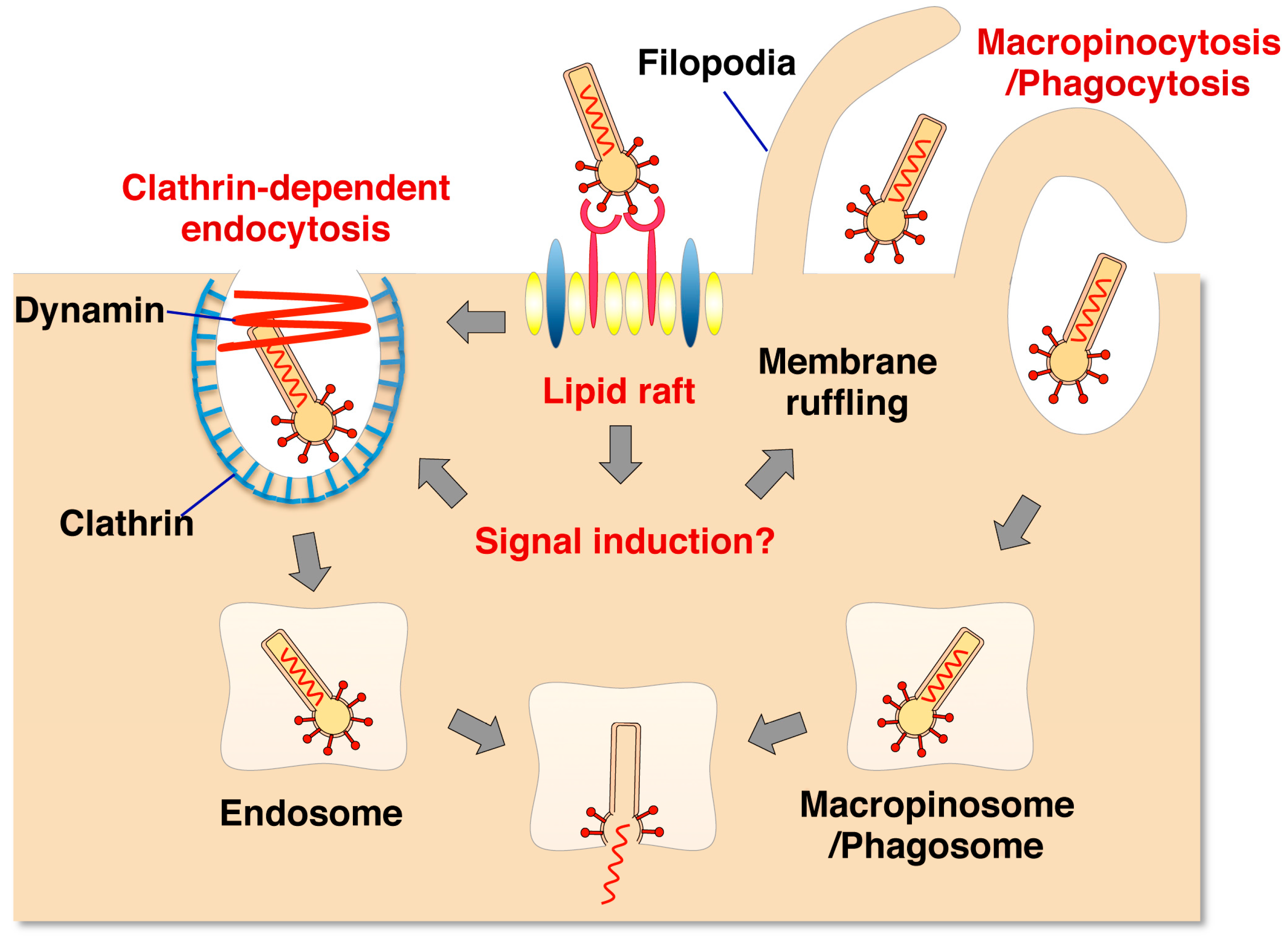

In this study we demonstrated that cathelicidin can be induced at the transcriptional level after infection of the Chinook salmon (Oncorhynchus tshawytscha) embryo cell line (CHSE214) with different fish bacteria or commercial Escherichia coli lipopolysaccharide (LPS). It is therefore important to define the effector molecules and study their induction and regulation in fish innate immunity.

Molecular Immunology 45 (2008) 2352–2358Īnd relatively temperature independent (Magnadottir, 2006). This underlines the importance of the innate immune system, as it is fast acting, Studies show that antibody production for salmonids takes at least 4–6 weeks due to the adaptive immune response being slow and temperature dependent (Ellis, 2001). Human -defensin 1 (HBD-1) is known to be constitutively expressed, while expression of human -defensin 2 (HBD-2) is induced by bacteria in the epithelium (Ganz, 2003). A similar pattern of expression has been described in mammals for example in humans for the antimicrobial peptides -defensins. This expression pattern of cathelicidins in trout suggests an important role for the cathelicidins and the derived peptides in innate immunity of fish.

Infection of rainbow trout with the fish pathogenic bacterium Aeromonas salmonicida caused upregulation of Cath1 mRNA in various tissues such as gills, spleen and head kidney, but expression of Cath2 was constitutive (Chang et al., 2006). So far two cathelicidin genes (Cath1 and 2) have been found in both rainbow trout (Oncorhynchus mykiss) (Chang et al., 2005 Goetz et al., 2004) and Atlantic salmon (Salmo salar) (Chang et al., 2006). Recently cathelicidins have been identified in birds (Lynn et al., 2004) and fish (Chang et al., 2005), where less is known about their function. Mammalian cathelicidins are likely multifunctional, playing not only a role in antibacterial defenses, but also in angiogenesis (Koczulla et al., 2003) and chemotaxis (Agerberth et al., 2000) stimulating growth of arteries and recruiting cells of the adaptive immunity to the site ofĪbbreviations: LPS, lipopolysaccharide TLR, Toll-like receptors Cath, cathelicidin. Cathelicidins have been studied extensively in mammals, they are produced as prepro-peptides with a conserved cathelin pro-part and a varied C-terminal peptide region which is cleaved off upon activation (Zanetti et al., 2002). Several different classes of antibacterial peptides have been described and one class are the cathelicidins. These peptides are usually cationic, often amphipatic and kill bacteria by disrupting their cell membrane. Introduction Antimicrobial peptides are important effectors of eukaryotic innate immunity. Keywords: Innate immunity Cathelicidin DNA CHSE-214 Pathogen Gene expression LPSġ. These results could explain the limited responsiveness of fish cells towards pure LPS and confirm previous suggestions that fish cells are less sensitive to LPS than mammalian cells. LPS (Escherichia coli) also causes the upregulation of cathelicidins, but digestion of the LPS with DNase I before incubation of the cells, totally abolished the upregulation of cathelicidin and suggests DNA contamination in the LPS to be the trigger for this effect. Bacterial DNA and protein were shown important for the induction of cathelicidin expression in these cells. Cathelicidin gene expression was studied and various Gram positive and Gram negative bacteria caused the upregulation of the gene (csCath). The deducted amino acid sequence showed highest sequence identity to rtCath2 with 95% and 72% for the cathelin and the antibacterial part, respectively. The cDNA of cathelicidin from CHSE-214 cells (csCath) was cloned and shown to be closely related to gene 2 of both rainbow trout and Atlantic salmon. Little is known about cathelicidins in fish and here the Chinook salmon (Oncorhynchus tshawytscha) embryo cell line (CHSE-214) was used as a model system to study the expression of cathelicidins due to fish pathogenic bacteria. Received 12 November 2007 accepted 16 November 2007 Available online 27 December 2007Ībstract Cathelicidins are antimicrobial peptides indicated as important in the control of the natural microflora as well as in the fight against bacterial invasion in mammals.

Available online at Molecular Immunology 45 (2008) 2352–2358īacterial DNA indicated as an important inducer of fish cathelicidins Valerie Helene Maier a,∗, Clemens Nikolaus Zeno Schmitt a, Sigridur Gudmundsdottir b, Gudmundur Hrafn Gudmundsson a bĪ Institute of Biology, University of Iceland, Sturlagata 7, 101 Reykjavik, Iceland Institute for Experimental Pathology, University of Iceland, Keldur v.


 0 kommentar(er)
0 kommentar(er)
